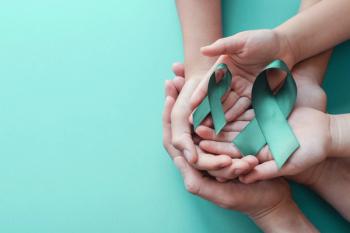
Do pregnant women benefit from marriage over cohabitation?
A cross-sectional nationwide Canadian epidemiological study suggests that marriage rather than cohabitation may have psychosocial benefits for pregnant women. Published in theAmerican Journal of Public Health, the results point to a need for research on maternal and child health that distinguishes between married and unmarried cohabiting women.
A cross-sectional nationwide Canadian epidemiological study suggests that marriage rather than cohabitation may have psychosocial benefits for pregnant women. Published in the
The researchers analyzed data from the 2006-207 Canadian Maternity Experiences Survey, a sample of 6,421 childbearing women. Cohabiting women were married or nonmarried women living with a partner. Noncohabiters were single, divorced, or separated women and further categorized by duration of cohabitation (≤2, 3-5, or >5 years).
The objective was to examine the joint associations of marital status and cohabitation on self-reported intimate partner violence, substance abuse, and postpartum depression among childbearing women. Adjusted odds ratios (OR) and confidence intervals (CI) were generated using logistic regression.
Odds of intimate partner violence, substance use, and postpartum depression were higher in unmarried women cohabiting for ≤2 years, versus married women living with a partner >5 years (adjusted OR [AOR] 4.64. 95% CI 2.85, 7.56; AOR 5.36, CI 3.06, 9.39; and AOR 1.87, 95% CI 1.25, 2.80, respectively). As duration of cohabitation increased, all of the risk estimates declined.
According to lead investigator Marcelo Urquia, 20% of women who were cohabitating but not married suffered from at least one of the three psychosocial conditions, and the figure rose to 35% for single women who had never married and 67% for those who separated or divorced in the year before birth. It was unclear, however, whether problems such as partner or substance abuse were the cause or result of separations.
Newsletter
Get the latest clinical updates, case studies, and expert commentary in obstetric and gynecologic care. Sign up now to stay informed.










